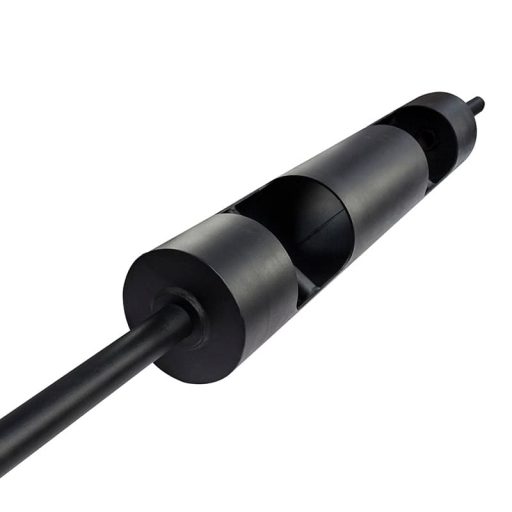What muscles do barbell rows work
What muscles do barbell rows work ?
The barbell rows work your upper body, like Rhomboids, Lats, Middle and lower traps, and Posterior deltoid. In addition, they also work your Biceps, Teres minor, Brachioradialis, and Erector spinae. Thus, barbell row is one of the best movements for building a strong back.
Performing the barbell bent-over row exercise with any weight will work your back. ExRx.net states that this exercise primarily works your back, while Muscle & Strength and Muscle & Fitness magazines state that this exercise works your mid and upper back, respectively.
It would be difficult to perform a barbell bent-over row without engaging multiple synergistic muscles. This term describes the muscles that help you perform the movement in any exercise. The synergistic muscles for the bent-over row are located in your upper body, shoulders, and arms. This includes your brachialis, brachioradialis, pectoralis major, latissimus dorsi, teres major, minor, middle, and lower trapezius, deltoids, rhomboids, and infraspinatus.
Worked Muscle Groups During the Barbell Row
Performing the barbell bent-over row exercise at any weight will work your back. ExRx.net says this exercise primarily works your back, while Muscle & Strength and Muscle & Fitness magazines say this exercise works your middle and upper back, respectively.
Latissimus Dorsi (Lats)
The latissimus dorsi, commonly known as the “back muscle,” is one of the largest muscles in the back and spans across the lower posterior thorax. Its primary function is upper extremity movement.
Rhomboids
Located deep within the trapezius, the rhomboids form parallel bands that extend from the vertebrae to the medial edge of the shoulder blade. The rhomboids are important for upper extremity movement and stability of the shoulder girdle and scapula.
Posterior Deltoid
The deltoid is the muscle that forms the rounded contour of the human shoulder. It is also known as the “common muscle of the shoulder”
Middle and Lower Trapezius
The trapezius is a large, shallow back muscle that is shaped like a trapezium. It extends from the external occipital protuberance to the lower thoracic spine and laterally to the scapular spine. The middle and lower trapezius are part of the trapezius muscle group and help stabilize and mobilize the shoulder and upper back.
Synergistic Muscles
It would be difficult to perform a barbell bent-over row without engaging multiple synergistic muscles. This term describes the muscles that help you perform the movement in any exercise. The synergistic muscles for the bent-over row are located in your upper body, shoulders, and arms. This includes your brachialis, brachioradialis, pectoralis major, latissimus dorsi, teres major, teres minor, middle and lower trapezius, deltoids, rhomboids, and infraspinatus.
Biceps
It is a large muscle located in the front of your upper arm, between your shoulder and elbow.
Brachioradialis
The brachialis anterior is a muscle in your upper arm that is responsible for flexing your elbow.
Erector spinae
The erector spinae are the middle muscles. They include the longissimus, iliocostalis, and spinalis. They play a role in the movement of the thoracic cage and flexion of the upper spine and head.
Teres minor
The teres minor is a narrow muscle located below the infraspinatus, above the teres major and triceps, and deep in the deltoid.
Stabilizers
In terms of exercise, stabilizer musculature refers to those muscles that remain consistent under all circumstances but rarely move during exercise. In a properly performed barbell bent-over row, stabilizers include the erector spinae, hamstrings, gluteus maximus, and adductor magnus. Dynamic stabilizers include the biceps and triceps in the arms, while the obliques in the abdomen and core act as antagonist stabilizers.
Muscles Worked in Barbell Upright Row
Stay upright while lifting the barbell. The muscle structure of a person doing a barbell upright row is slightly different than that of a person doing a barbell bent-over row. The upright row exercise targets the deltoid muscles in the shoulder. Synergists worked include the trapezius, arm, serratus anterior, and shoulder muscles, as well as the supraspinatus and brachialis. The stabilizing muscle groups for the upright row are the upper trapezius and levator scapulae.


